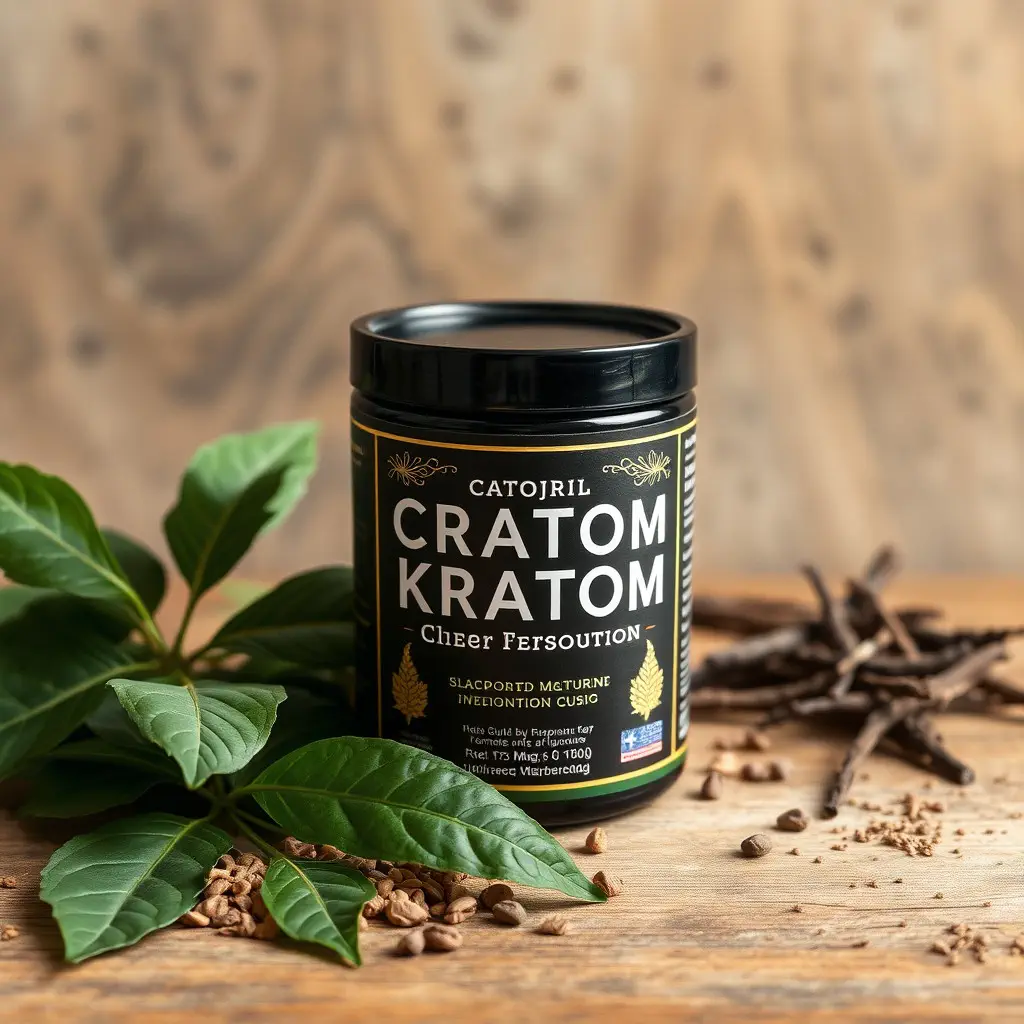Muscle soreness, a barrier to physical conditioning, results from exercise-induced muscle fiber tears. Kratom, a natural herb, is gaining popularity as a potential aid for muscle soreness relief due to its analgesic properties, though further research is needed. Scientific studies show kratom interacts with opioid receptors and inhibits inflammatory enzymes, offering a natural recovery boost. Personalized training plans combine science and art, incorporating rest days, foam rolling, and kratom for muscle soreness relief while minimizing injury risk and overtraining.
In the pursuit of peak physical conditioning, understanding muscle soreness and its impact on performance is paramount. This article delves into these dynamics, exploring how natural remedies like Kratom can offer effective muscle soreness relief. We’ll dissect the science behind Kratom’s mechanism of action, providing insights into its potential benefits. Additionally, we’ll guide you through crafting personalized training plans optimized for conditioning and recovery, leveraging knowledge about muscle soreness to enhance your fitness journey.
- Understanding Muscle Soreness and Its Impact on Performance
- The Role of Kratom in Relieving Muscle Soreness: Science and Mechanism
- Crafting Personalized Training Plans for Optimal Conditioning and Recovery
Understanding Muscle Soreness and Its Impact on Performance
Muscle soreness, that lingering discomfort felt after intense exercise, is a common barrier to achieving peak physical conditioning. It’s caused by microscopic tears in muscle fibers during strenuous activity, leading to inflammation and sensitivity. While this response is part of the body’s natural repair process, prolonged or severe muscle soreness can hinder performance, limit training intensity, and even discourage individuals from continuing their fitness journey.
Kratom, a natural herb known for its diverse therapeutic properties, has gained attention as a potential aid in muscle soreness relief. Some users report that kratom’s analgesic (pain-relieving) effects can help mitigate post-workout discomfort, allowing them to recover faster and return to training more swiftly. However, it’s crucial to approach this natural remedy with caution, considering individual tolerance variations and the need for further research into its efficacy specifically for athletic recovery.
The Role of Kratom in Relieving Muscle Soreness: Science and Mechanism
Kratom, a herb long revered for its pain-relieving properties, has gained significant interest in athletic circles as a potential ally in muscle soreness relief. Beyond its traditional use in managing chronic pain, scientific research is uncovering the mechanisms behind kratom’s ability to soothe aching muscles after intense workouts or physical exertion.
The science suggests that kratom interacts with opioid receptors in the body, similar to other natural analgesics like morphine. This interaction leads to reduced inflammation and modulated nerve signals, effectively blocking pain pathways associated with muscle soreness. Moreover, kratom’s unique chemical composition includes compounds known as alkaloids, which have been shown to inhibit certain enzymes involved in the body’s inflammatory response. By reducing both pain perception and inflammation, kratom offers a natural approach to accelerating recovery and enhancing overall physical conditioning.
Crafting Personalized Training Plans for Optimal Conditioning and Recovery
Crafting personalized training plans is a science and an art, especially when aiming for peak physical conditioning. Each individual’s body responds uniquely to exercise, so tailoring workouts to specific needs is key. By understanding their client’s goals, current fitness level, and any underlying health considerations, personal trainers can design programs that offer optimal results. This involves creating structured routines with progressive intensity, focusing on compound exercises for overall strength and incorporating rest days for muscle recovery, including strategies like foam rolling or using natural remedies like kratom to ease muscle soreness.
A well-customized regimen considers not just physical training but also mental preparation. It includes setting achievable milestones, providing educational resources, and offering ongoing support. This holistic approach ensures clients stay motivated, making consistent progress towards their fitness aspirations while minimizing the risk of injury and overtraining.
In conclusion, understanding muscle soreness and its impact on performance is key to crafting personalized training plans that enable optimal conditioning and recovery. The role of Kratom in alleviating muscle soreness has gained scientific backing, offering a natural remedy for athletes seeking an edge. By integrating evidence-based strategies like the use of Kratom alongside tailored workout routines, individuals can achieve peak physical conditioning while minimizing discomfort. This approach ensures athletes can push their limits without hindering progress, ultimately enhancing overall performance and well-being.






